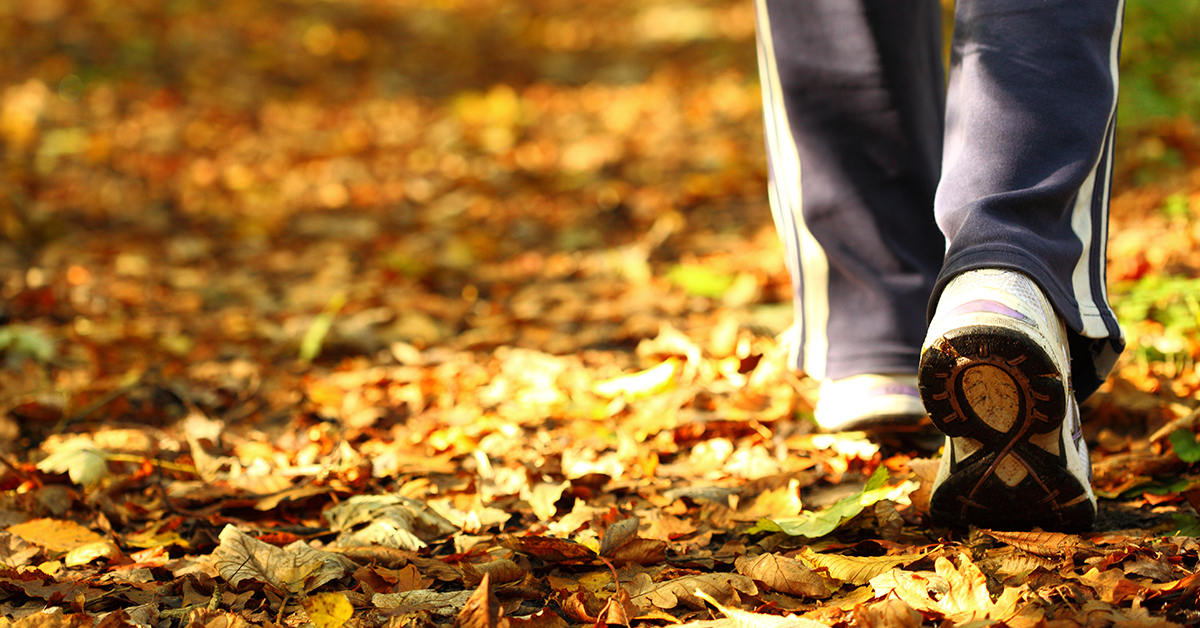
As the weather cools down and you're not able to work out outside as often, what can you do to stay healthy? Read on to find out!
Autumn Is The Season To Get Back Into Shape
The lazy days of summer are rapidly becoming a distant memory, as the leaves fall and the temperature trends downward. But some of that excess weight picked up around the pool or lounging indoors to beat the heat is an unpleasant reminder that it's time to get our diet and exercise plan into action.
Autumn brings us cooler temperatures that make many outdoor fitness activities pleasurable, but it also brings holidays that wreck our careful dieting. We've put together some tips to help you enjoy the season with sensible eating and workout plans.
Fall brings a wide variety of root vegetables, soups, and stews to ward off the chill. Enjoy vegetables, but remember that fresh is best; frozen and canned vegetables, while still delivering nutrients, also deliver an overabundance of sodium. Canned soups and stews can also drop a sodium and sulfite bomb on your diet, causing water retention and increased blood pressure, among other health risks.
Cooler temperatures help you avoid overheating and the possibility of heat stroke. Enjoy a walk, hike, or bike, but remember that, even though the temperatures may be lower, you can still overexpose yourself to the sun. Use high SPF sunscreens whenever performing any outdoor activities regardless of temperature.
Shorter days may require you to move your weekday exercise indoors. Avoid the magnetic attraction of the couch and TV, and invite friends on workouts. If schedules don't work out for your workout, look at the wide variety of apps and wearable fitness gear that lets you "compete" with your friends, family, and the rest of your virtual social circle.
As you begin putting your exercise plan together, remember to work on your core muscles, first and foremost. Core muscles support your spine and back, which makes proper exercise form easier and safer. A strong core also helps your cardio exercises, whether walking, hiking, or running. Start your core-training plan with the simplest, and most effective, core exercise, the plank. This exercise can be done by anyone at any fitness level. Try simple bodyweight-only exercises for a few weeks before attempting a weight-training plan.
When deciding on a diet and exercise plan, remember that your diet is the larger part of the equation: you lose weight by healthy eating and responsible choices. Your exercise plan builds your muscles and increases flexibility. You need both diet and exercise for an all-around improved fitness level. Cardio helps you with heart health, but a weight-training plan can help increase bone density and flexibility for seniors. Mix it up with cardio days and weight days, and vary your exercise routine to keep things interesting.

